Recently, the Arliss Archives acquired a rare item: an original copy of the April 1933 contract between Darryl Zanuck and George Arliss. This copy contains original signatures, and initials where terms were changed. Mr. A’s Warner Bros. contract had just expired with the completion of VOLTAIRE (1933). With Warners production chief Zanuck quitting and moving to the newly formed 20th Century Pictures (later 20th Century-Fox), Mr. A decided to follow him, hence this contract. Even today, it is uncommon to see the written agreements between film artists and the studios so this contract gives us a rare behind-the-scenes look. Here is a page-by-page review of this historic document.
Page One – Dated April 27, 1933, the contract calls for two films, which turned out to be THE HOUSE OF ROTHSCHILD and THE LAST GENTLEMAN, both released in 1934. Mr. A was to be compensated at the rate of $80,000 per film, which in 1933 was equal to over $1.4 million in today’s money:

Page Two – Mr. A would receive $10,000 when filming begins on each of the two films, and the remaining $70,000 upon completion of each film or upon the expiration of seven weeks since filming began. This means that the filming schedule was intended to last seven weeks, a fairly fast time frame for a major motion picture even today. Mr. A is permitted to work for other studios upon the completion of the second film but no picture made by another studio may be exhibited to the public until after the expiration of six months following the completion of the second film:

Page Three – The fabled “rehearsal clause” that was the envy of every star and director. Mr. A was permitted to rehearse the cast for each film for twelve days prior to filming. In fact, the cast would enact the entire script as if it were a play before a select audience of studio executives and staff. Audience reaction would uncover dull stretches and poorly-written scenes that would be revised and rewritten prior to filming. The reference to an assistant is Maude T. Howell, who was one of the very few women behind the cameras in Hollywood during the 1930s. She worked on all of Mr. A’s films. Another provision that would have inspired envy is the limited hours of the workday – 9:30 AM to 4:30 PM. This meant that when Mr. A went home so did everybody else on the picture:

Page Four – Mr. A is given story approval and may select the character he wants to play in the story. He may refuse to enact any character aspects that he feels are unsuitable to his reputation.

Page Five – The language crossed out and initialed by Mssrs. A and Z seemed to have been designed by studio lawyers to protect the producer. Apparently, Zanuck was willing to forgo these protections based on his longtime working relationship with Mr. A. The clauses requiring a stuntman to “double” for the actor, and for the actor to furnish his own wardrobe for modern dress films, were standard:

Page Six – This clause proves that Mr. A never required that he be billed as “Mr.” George Arliss. Neither this agreement nor his earlier Warner Bros. contract mandated that the “Mr.” appellation be used:

Page Seven – Standard clauses permitting the studio to use the actor’s image and voice recordings to publicize the films. Also clarifies that the actor has no ownership interest in the films:

Page Eight – Paragraph 15 beginning on the previous page contains standard contingencies in the event of the actor’s illness or injury preventing his working on the film. After five weeks of the disability, the studio may cancel the agreement but the actor isn’t required to return any compensation paid to that point:

Page Nine – Paragraph 17 beginning on the previous page contains the standard “Force Majeure” clause stating that performance may be excused when an event beyond the control of either party disrupts the performance of the contract. It is interesting that the typical reference to an “act of God” has been crossed out. Should additional weeks of filming be required beyond the seven weeks provided, then Mr. A would receive additional compensation on a pro-rata basis of $11,428.57 per week. The cap of an additional four weeks maximum is meant to protect the actor:

Page Ten – The studio agrees to pay travel expenses between New York and Los Angeles for Mr. A and “one other person,” i.e., his wife Florence, and also to pay $2,000 for their round-trip voyage between New York and London, where Mr. A resided. While living in Los Angeles during the production of the two films, and during the time between the first and second films, Mr. A’s living expenses would be paid by the studio in the amount of $350 per week:

Page Eleven – The studio would pay the traveling expenses between New York and Los Angeles of Mr. A’s dresser, i.e., his valet Jenner, and compensate such dresser at the rate of $40.00 per week during the production of the two films. A “suitable automobile” and chauffeur will be provided for Mr. A’s exclusive use during the production of the films. The studio agrees to indemnify Mr. A against any claims of copyright infringement, which may be a reference to the copyright difficulties that Mr. A encountered at Warners during the production of ALEXANDER HAMILTON in 1931:

Page Twelve – Paragraph 23 beginning on the previous page contains standard provisions for the selection of a judicial forum (California) and for arbitration procedures in the event of a dispute between the parties:

Page Thirteen – The final paragraph in the contract, numbered 24, is unusual. The agreement is in the nature of a personal contract between Mssrs. A and Z, and that Zanuck has the right to assign it to a corporation yet to be formed, but likely to be called “Twentieth Century Pictures” or something similar. For all practical purposes, Mr. A signed this contract with a film producer who was not affiliated with any movie studio, but to whom Mr. A gave the right to assign to a studio that, at the moment, did not exist. Such was the level of trust between Mssrs. A and Z that eventually resulted in the creation of two classic films. While not apparent from this document itself, a third film was eventually agreed upon, CARDINAL RICHELIEU (1935):

Darryl Zanuck and George Arliss review the signatures of celebrity well-wishers for their first collaboration, THE HOUSE OF ROTHSCHILD (1934):





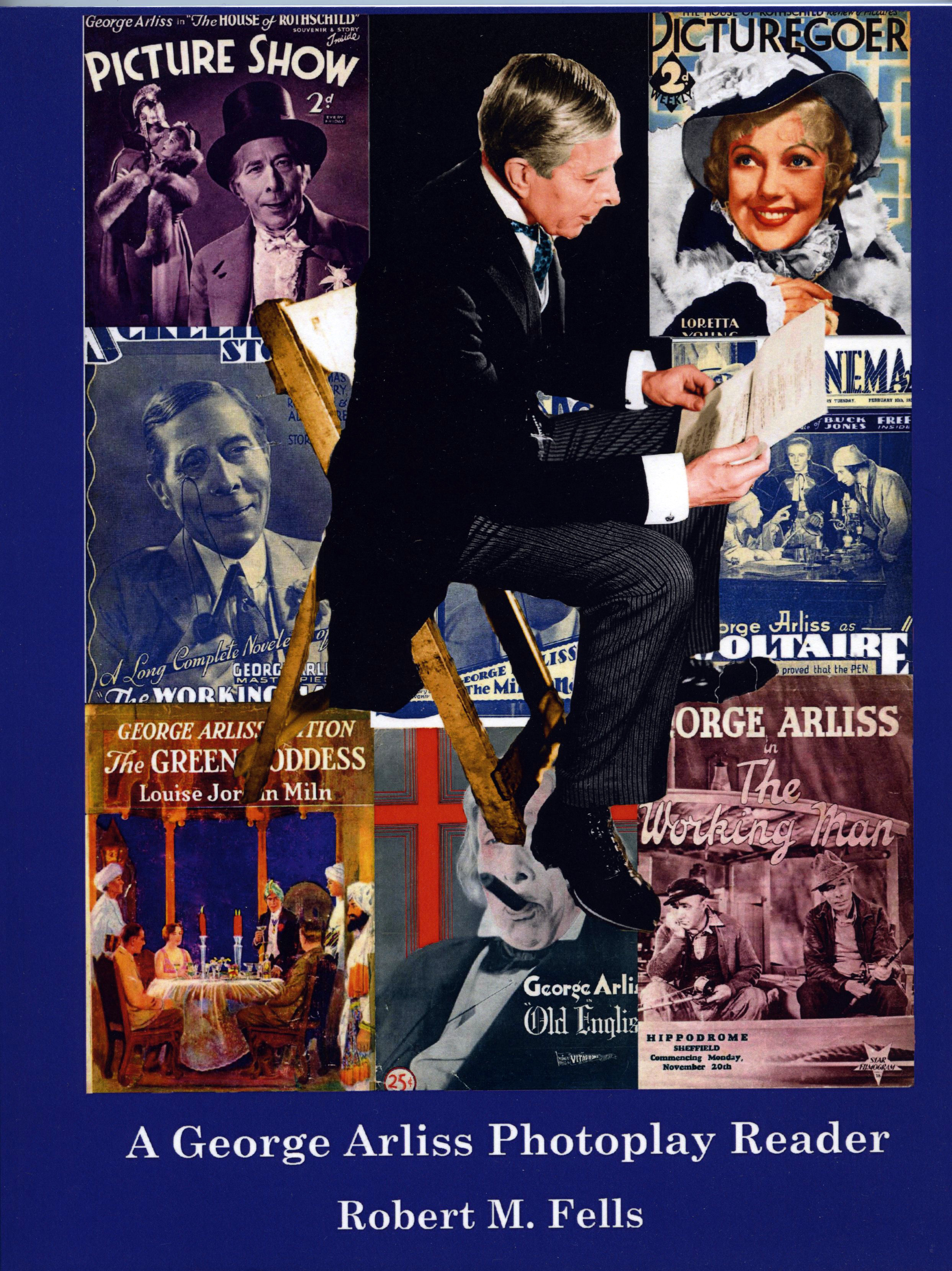

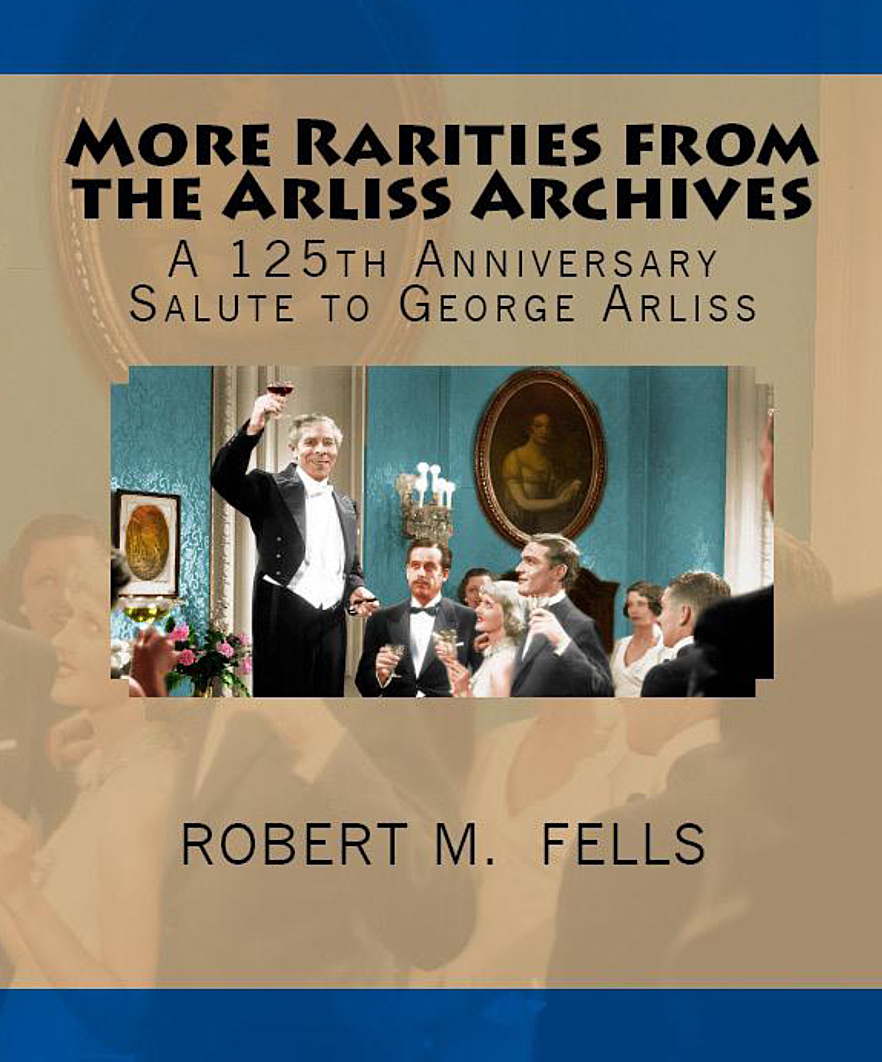
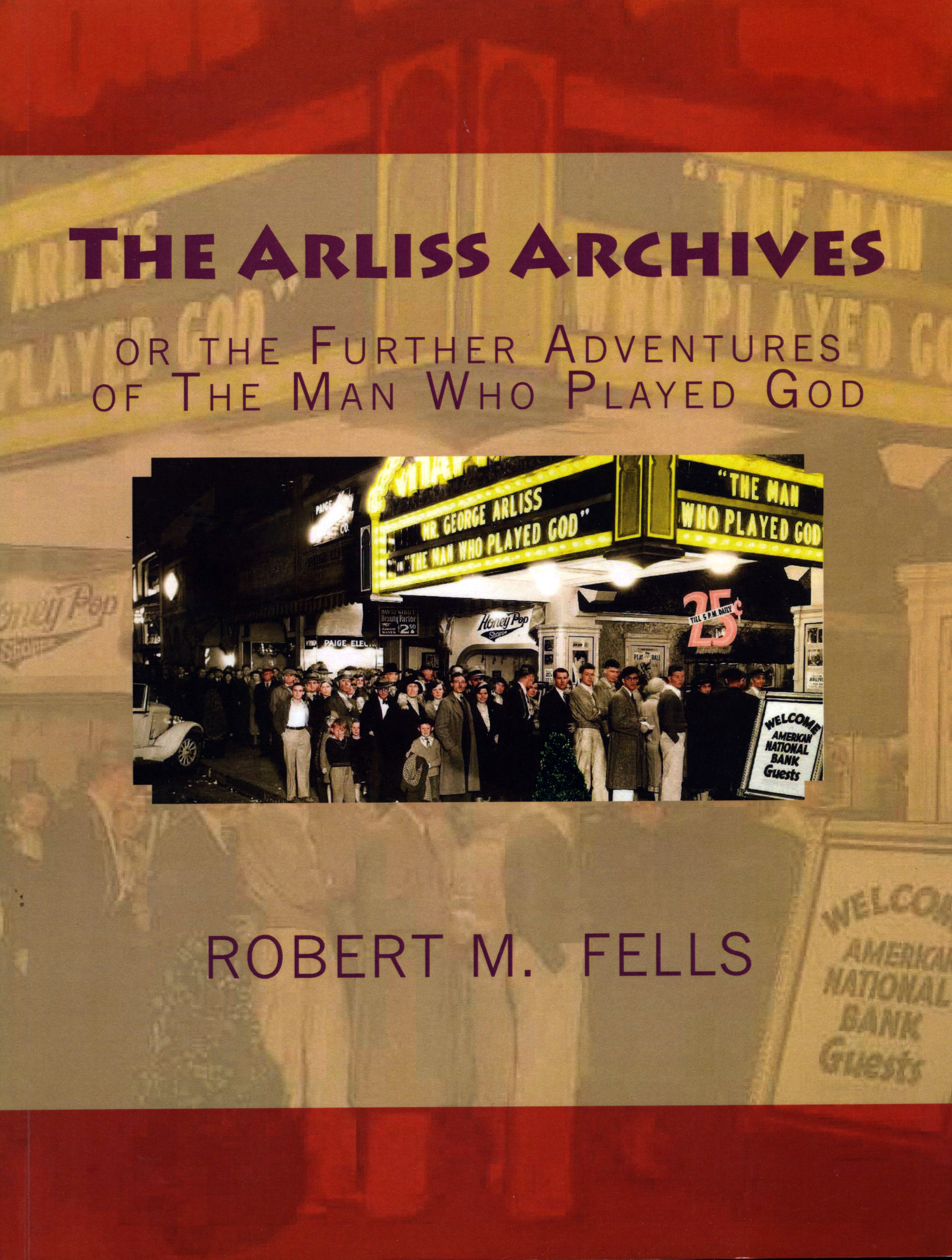
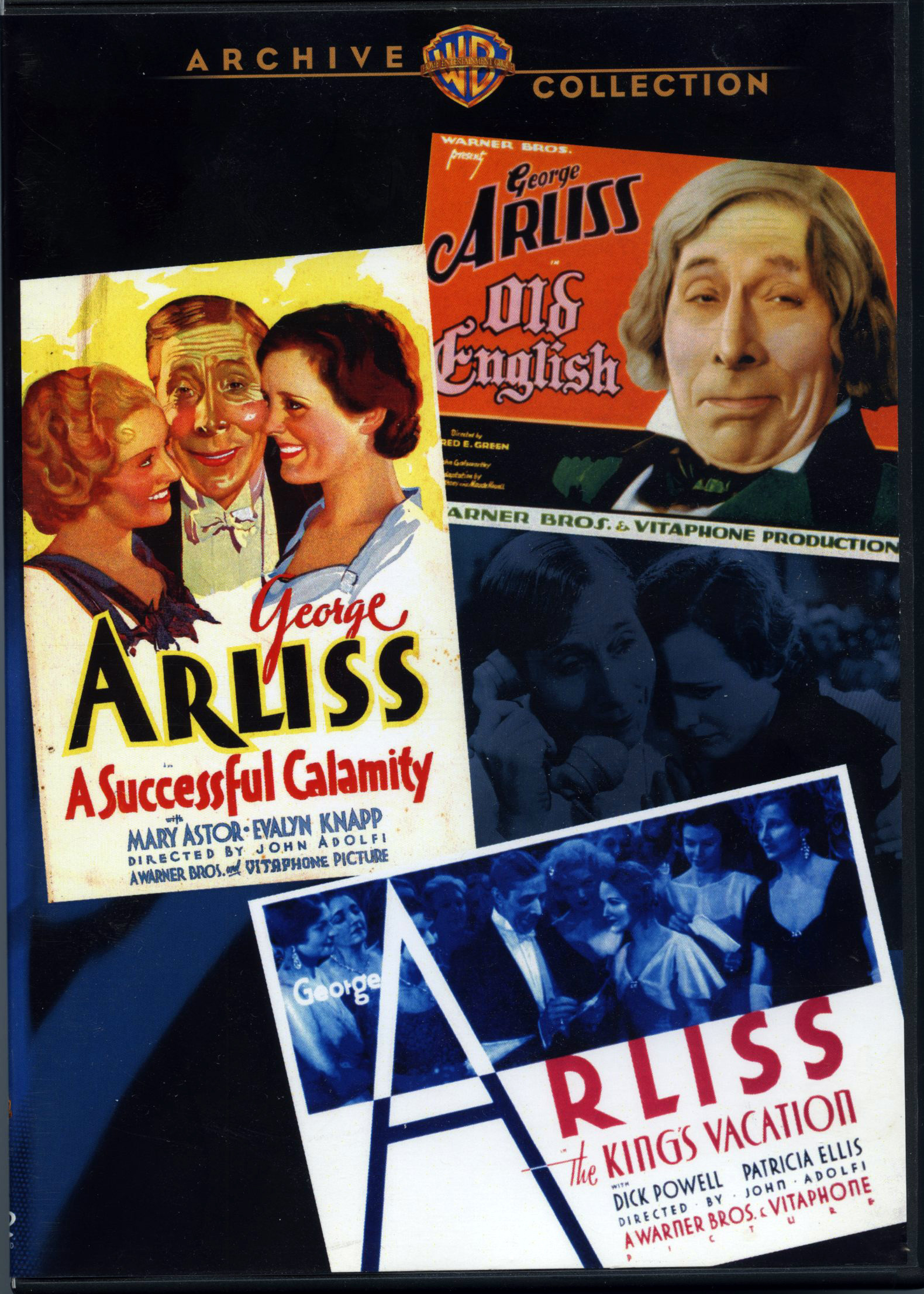




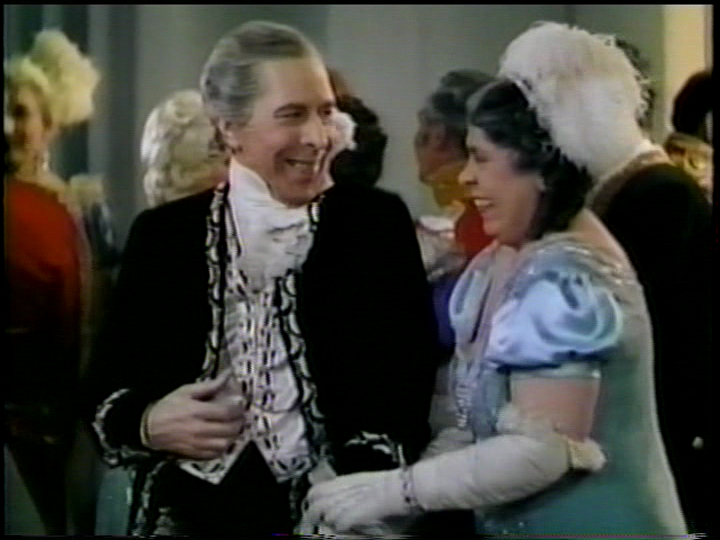

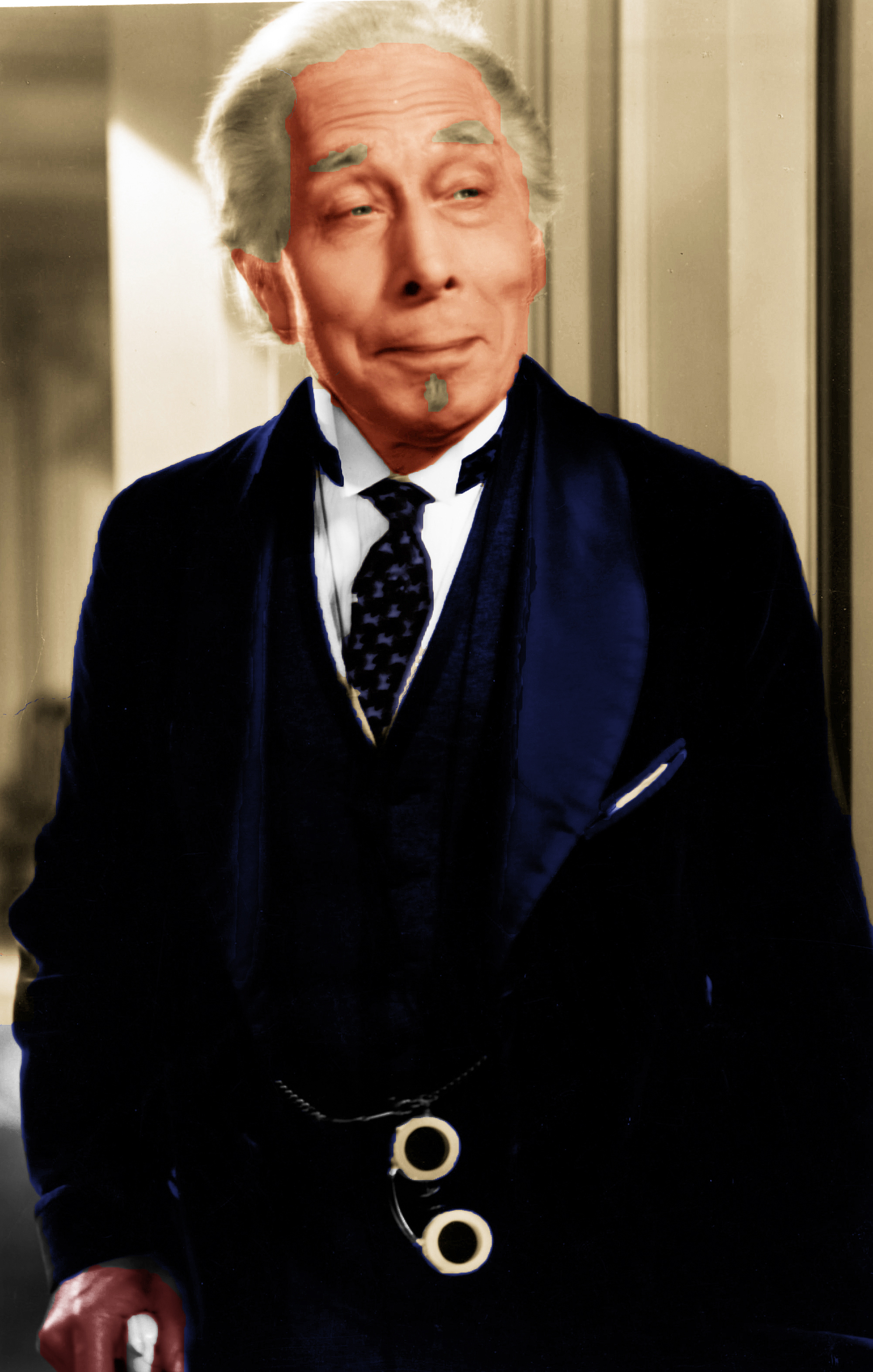
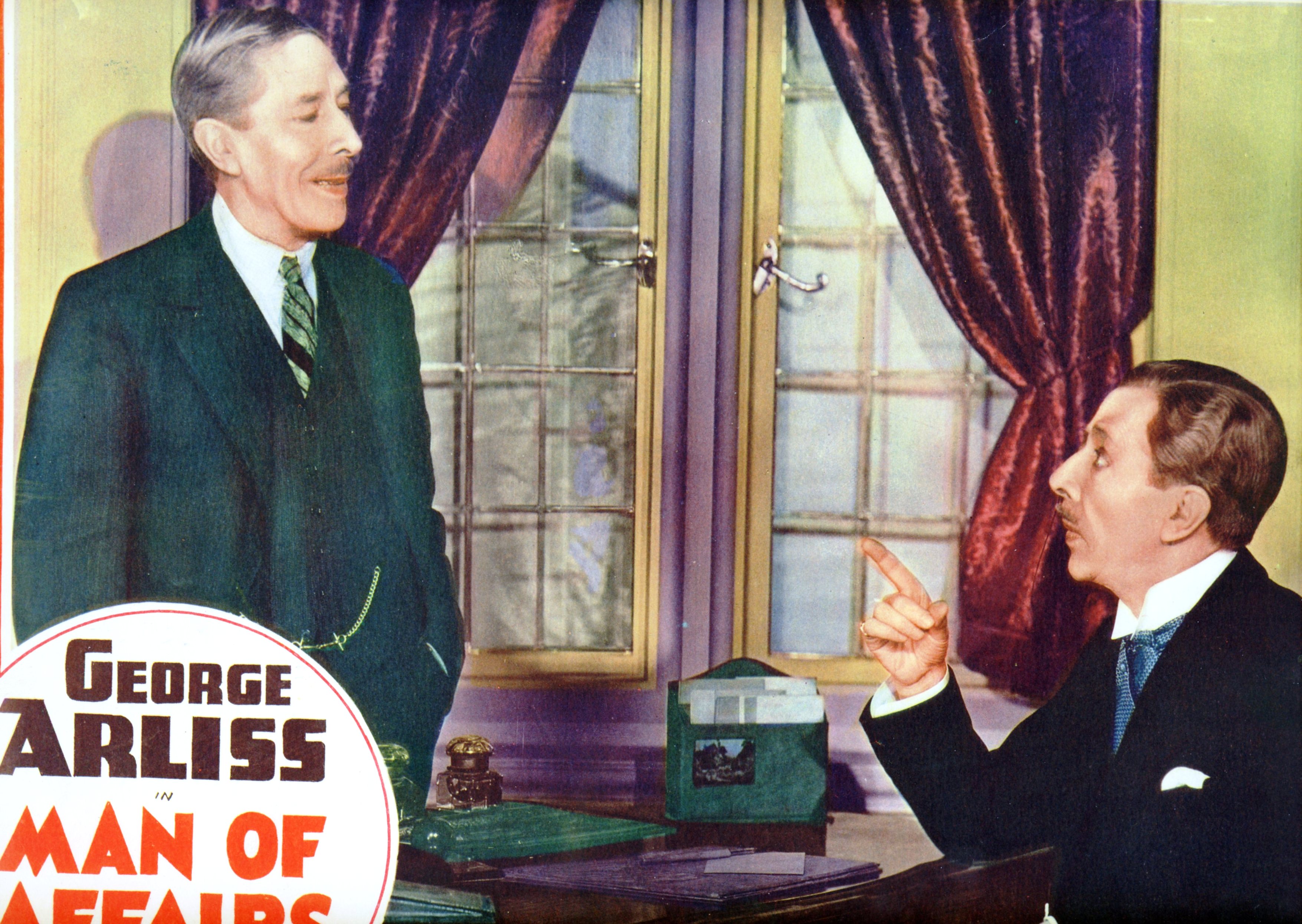

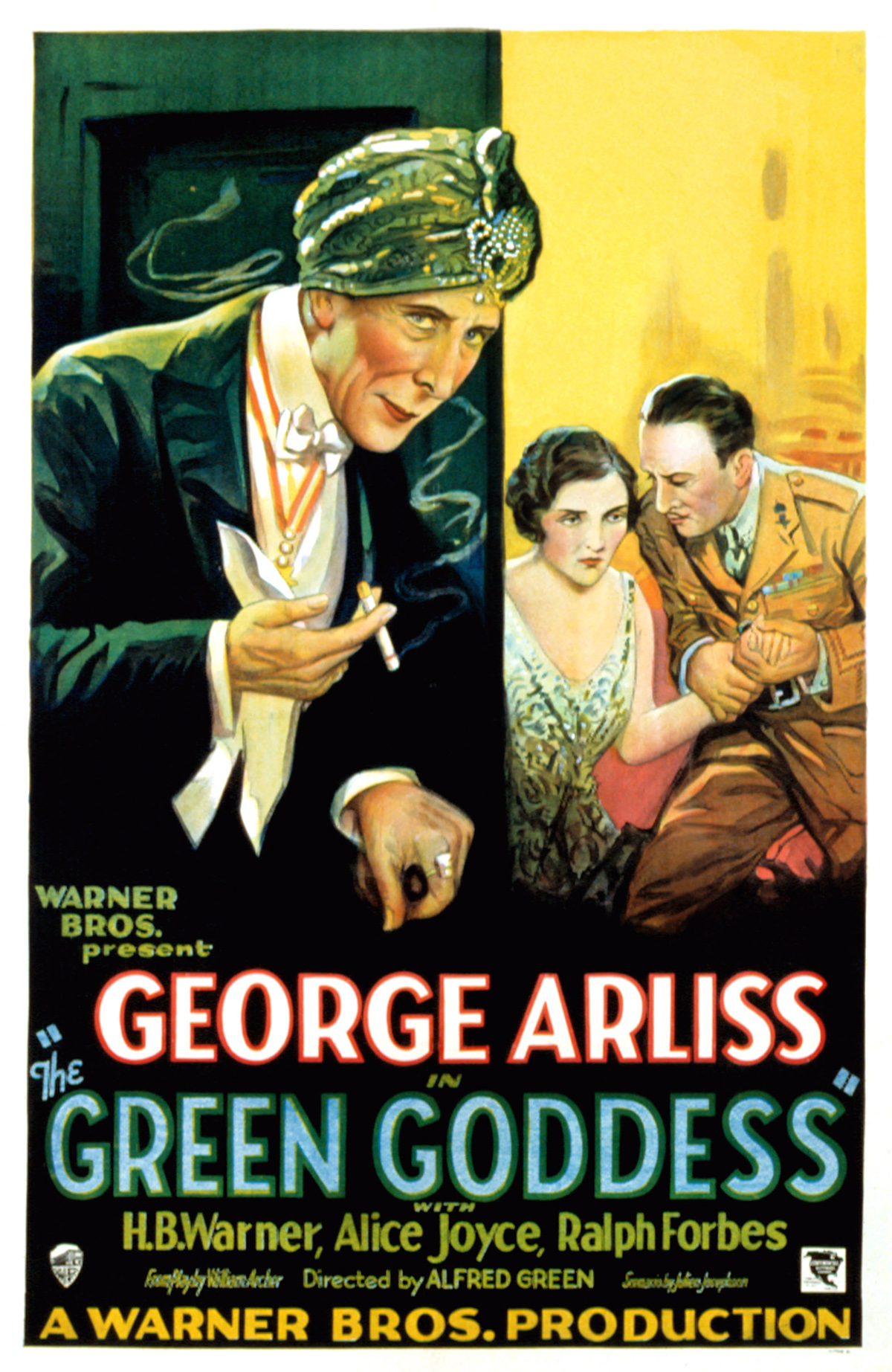
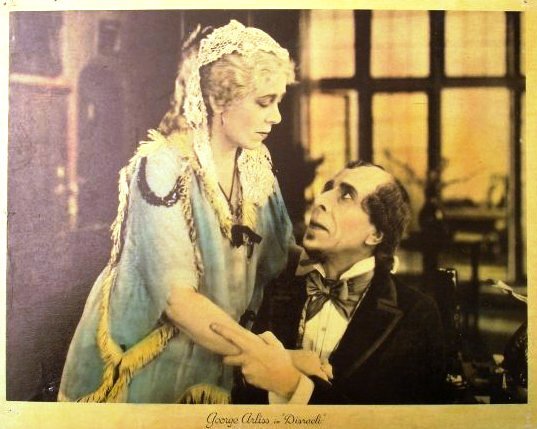

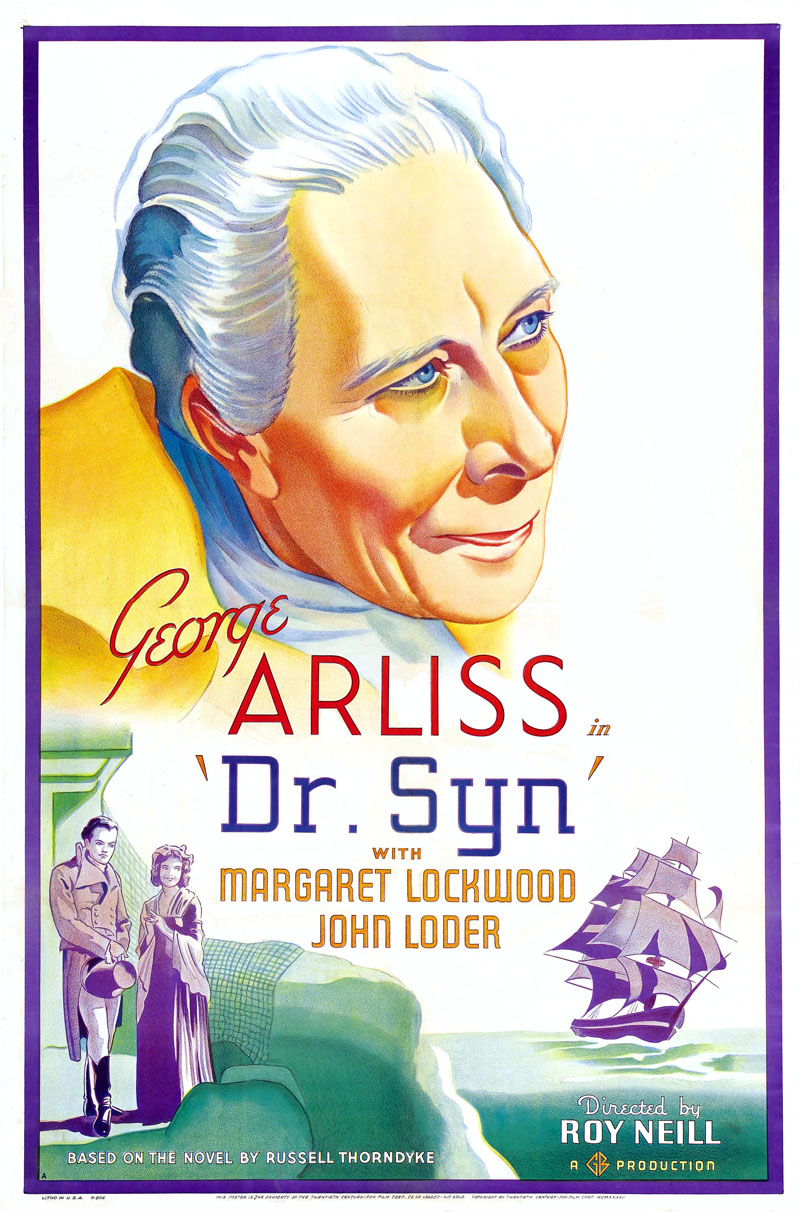
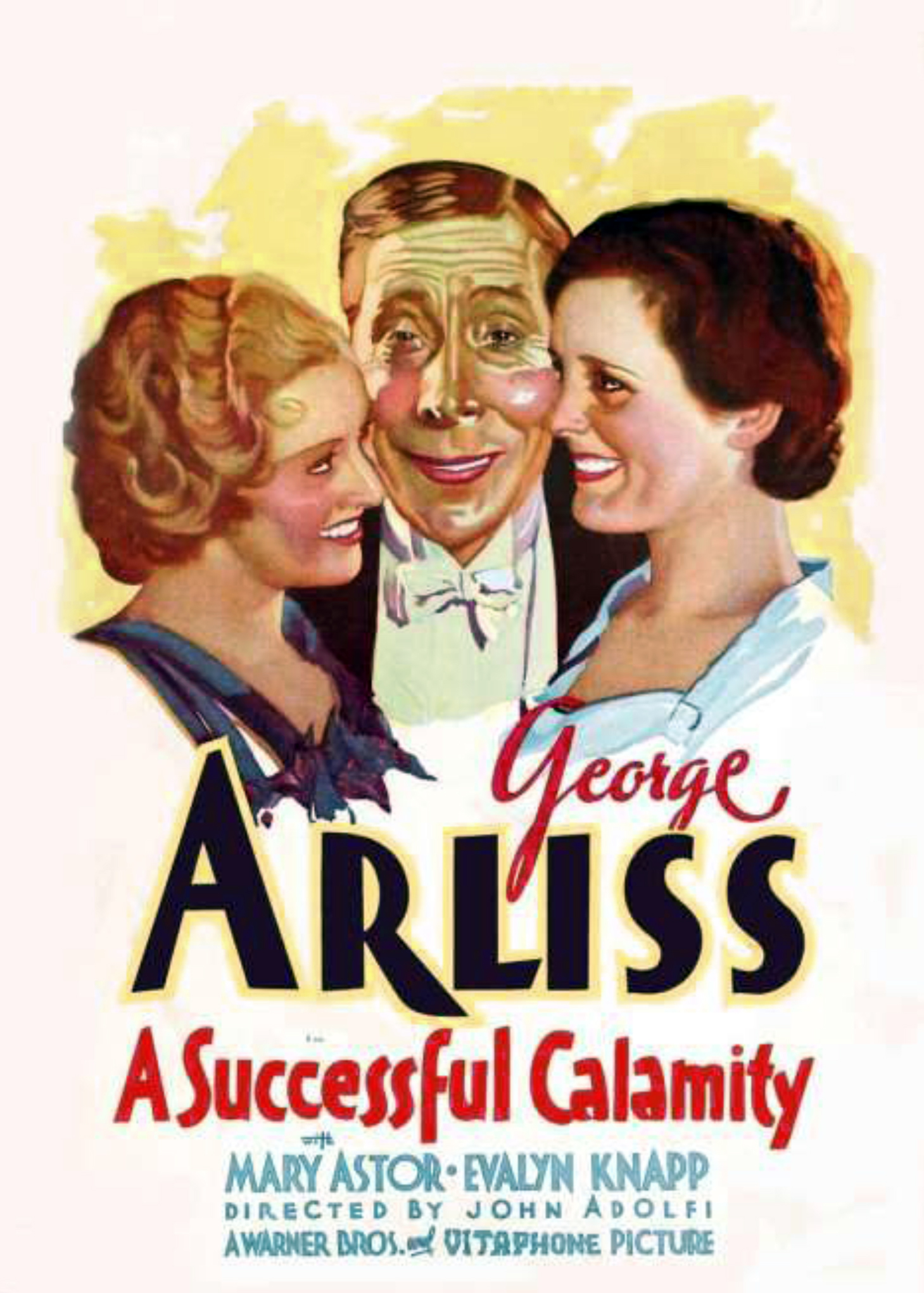









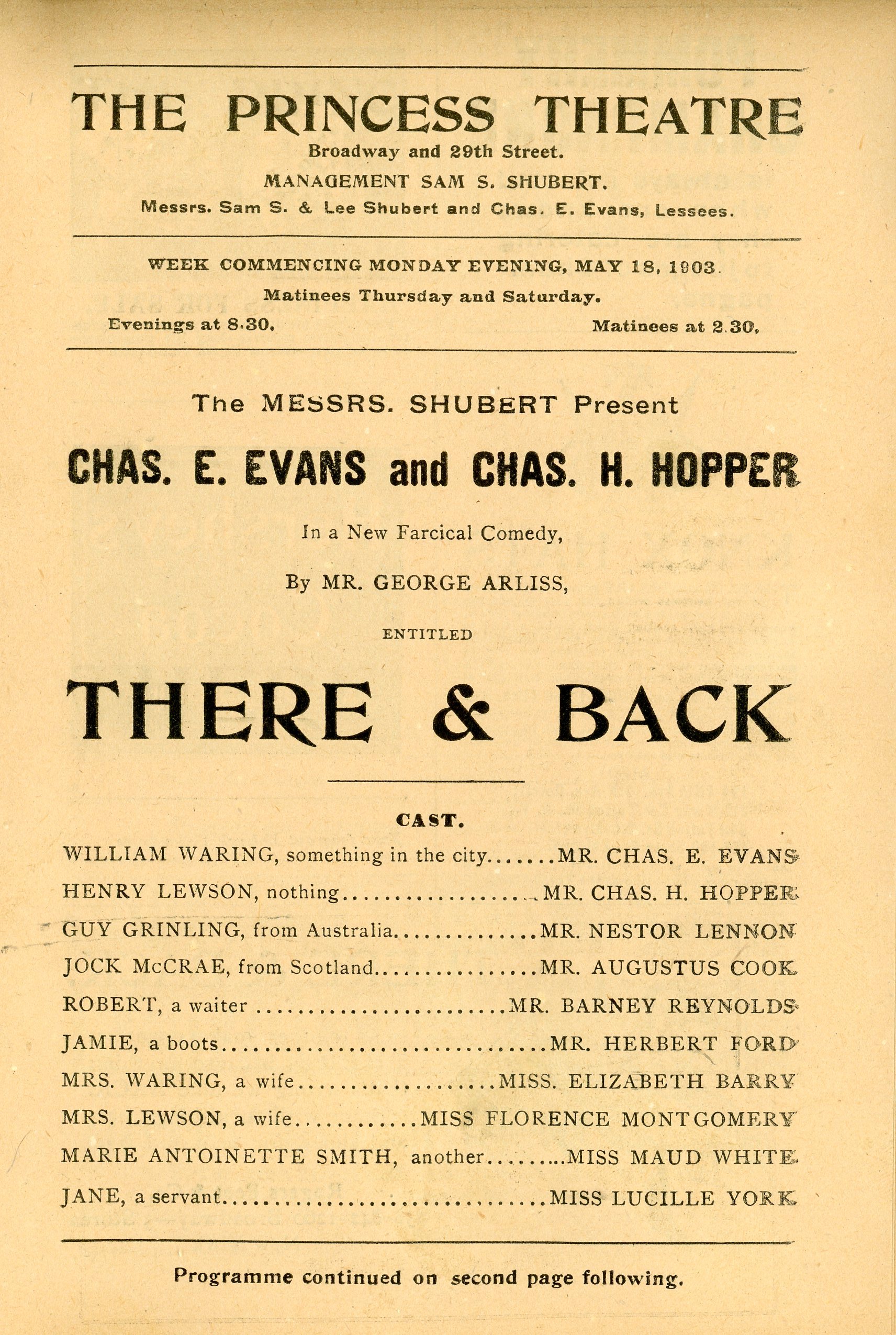

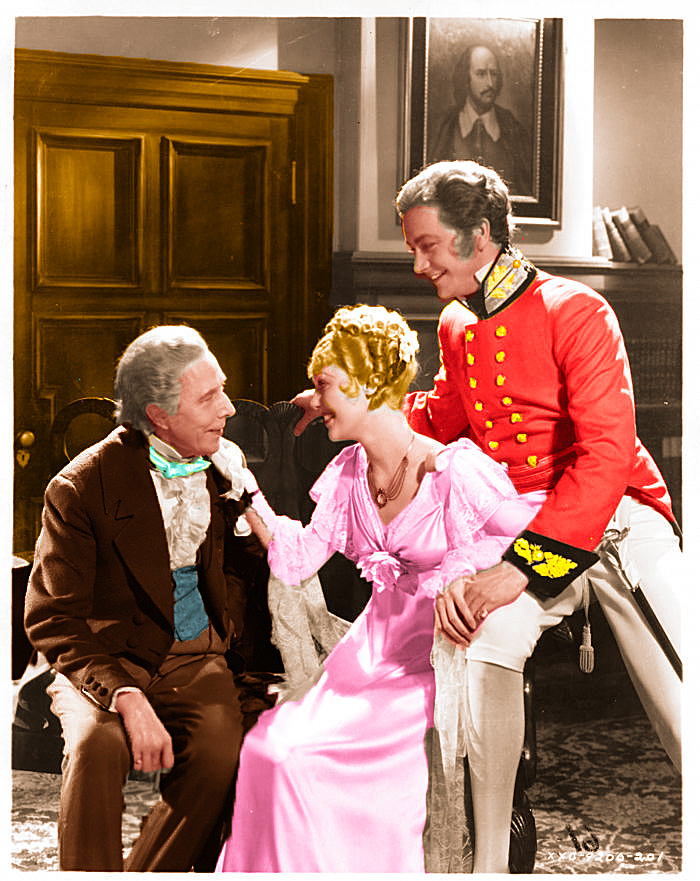
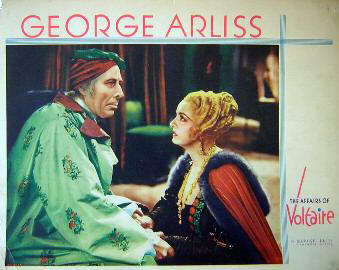
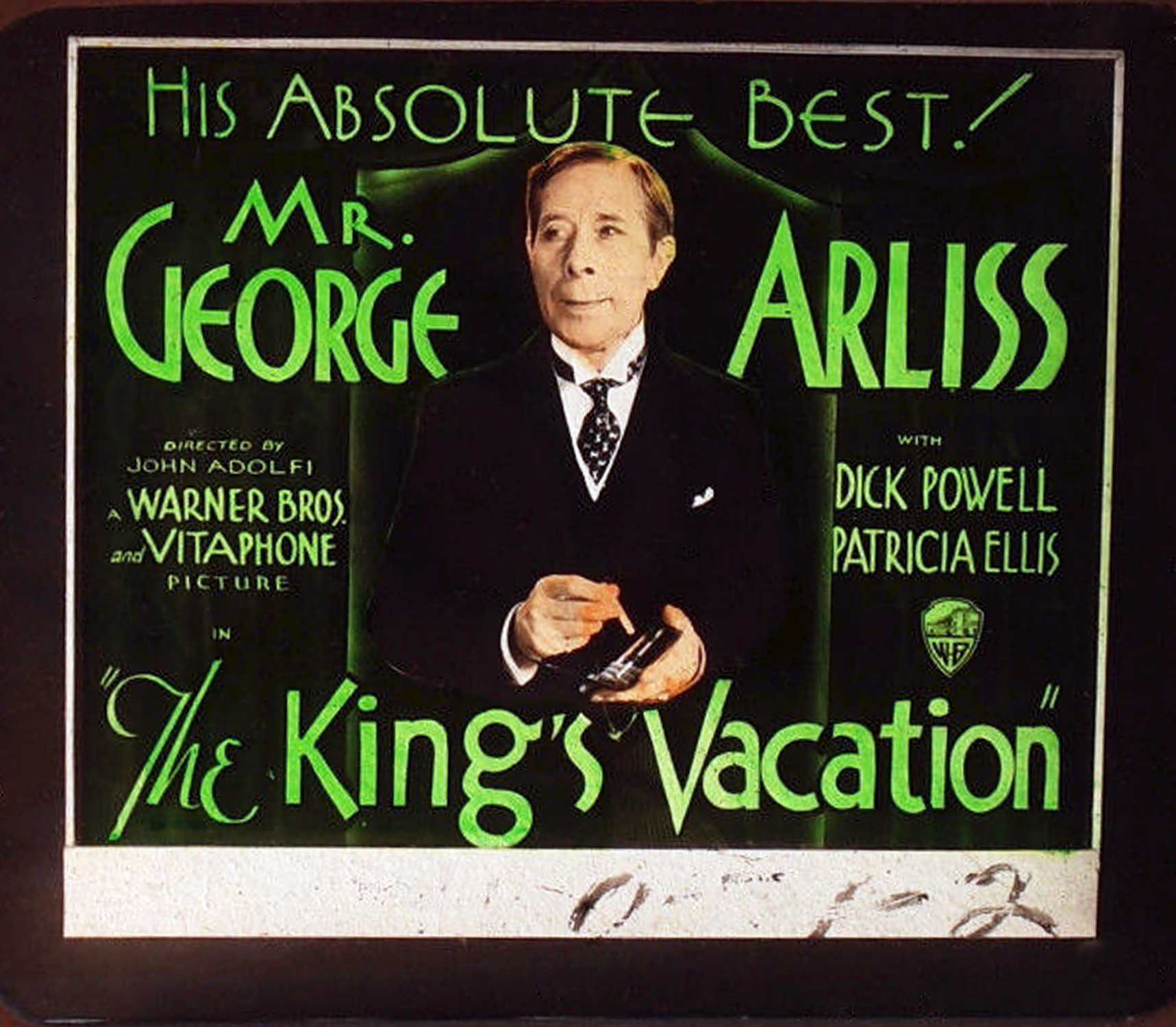

You must be logged in to post a comment.